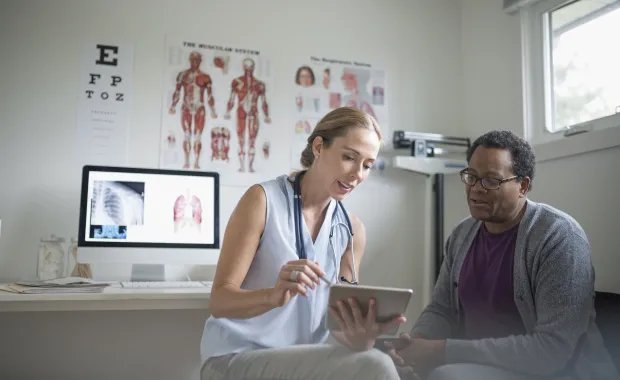
An executive's guide to managed services
CGI helps organizations build modern partnership models that deliver savings, strengthen resilience and accelerate ROI-led transformation. Our global delivery network, industry expertise and end-to-end capabilities enable clients to achieve up to 40% cost reductions from day one and reinvest for the future.
Learn more An executive's guide to managed services







